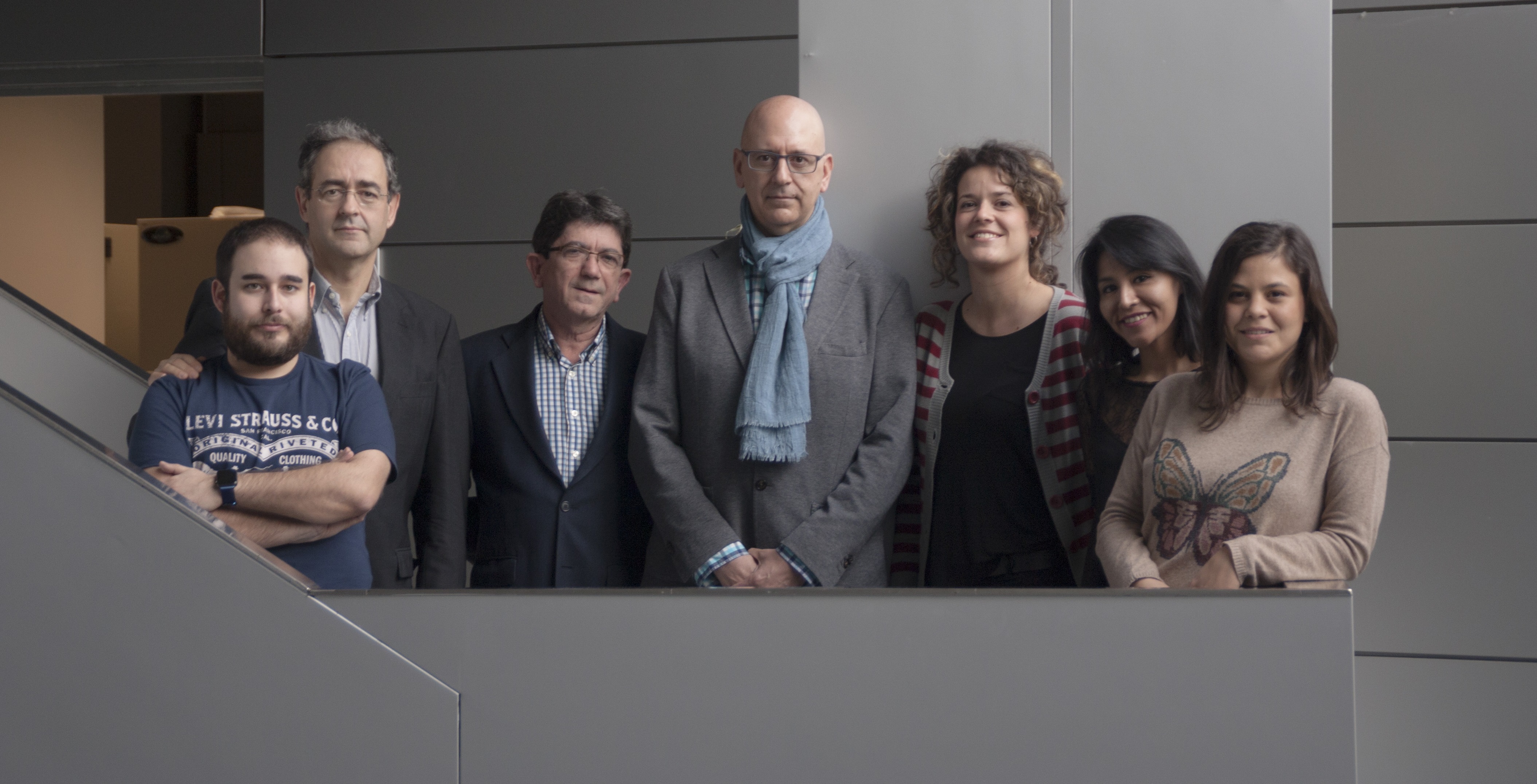Nature Medicine: Inhibition of a specific protein prevents and reverses aortic aneurysm in models of Marfan syndrome and similar diseases
The findings, published in Nature Medicine, suggest a major potential for NOS2 inhibitors in the treatment of thoracic aortic aneurysa
Scientists at the Centro Nacional de Investigaciones Cardiovasculares Carlos III (CNIC) and the Consejo Superior de Investigaciones Científicas (CSIC) have discovered that inhibition in mice of a protein in the arterial wall—inducible nitric oxide synthase or Nos2—is able to reverse aortic disease in a mouse model of Marfan syndrome and other types of aneurysm. The findings, published today in Nature Medicine, suggest a major potential for NOS2 inhibitors in the treatment of thoracic aortic aneurysm. Underlining the translational character of the study, the research team is now exploring this potential with the pharmaceutical industry, to determine the effectiveness of these drugs in clinical trials with Marfan syndrome patients.
Anneurysms are a swellings or abnormal enlargements of a portion of an artery, resulting from a pathological weakness in the blood vessel wall. During long periods, aneurysm is an indolent condition that provokes minimal or no symptoms; however, it is an extremely dangerous condition prone to sudden, catastrophic, and often fatal complications. Effective treatment therefore requires early and accurate diagnosis, close patient management, and surgical repair when conditions allow.
The vessel dilatation increases the risk of arterial rupture, and current pharmacological treatments are therefore aimed at reducing pressure on the vessel wall. However, these treatments are of limited use in preventing rupture because they do not arrest the deterioration of the aortic wall in aortic diseases, including Marfan syndrome, a disease caused by defects in the fibrilin-1 gene. The only truly effective therapy currently available is surgery, but this dangerous intervention is indicated only when the risk of rupture is deemed greater than that of surgery. Moreover, surgery does not cure or stem the underlying condition, which is progressive and not confined to a specific artery wall segment. There is therefore a need to identify the mechanisms underlying aortic wall degeneration and to discover new pharmacological targets for slowing the natural progression of these diseases.
Pharmacological inhibition of the protein Nos2 not only prevents pathological dilatation of the thoracic aorta in mice, but is also able to revert the vessel to the non-diseased state
The Nature Medicine study was codirected by Dr. Miguel Campanero of the CSIC Instituto de Investigaciones Biomédicas Alberto Sols and CNIC scientist Dr. Juan Miguel Redondo. The research team analyzed the molecular mechanisms involved in the formation and progression of thoracic aortic aneurysm. Their research identified 2 potential therapeutic targets: the metalloproteinase ADAMTS1 and the nitric oxide synthase NOS2. Dr. Campanero explained that “We discovered elevated NOS2 expression and diminished ADAMTS1 expression in the aortic wall of Marfan syndrome patients and in mouse models of this disease.” Dr. Redondo added that “Although nitric oxide production is a normal part of aortic function, our study shows that high levels of NOS2-derived nitric oxide in aortic smooth muscle cells promotes aneurysm formation.”
The study demonstrates that mice lacking Adamts1 develop a disease similar to Marfan syndrome and that the genetic inactivation of Nos2 expression prevents aortic disease in these mice and in a mouse model of Marfan syndrome. But the study goes further, also demonstrating that “pharmacological inhibition of nitric oxide production rapidly and effectively reverses aortic dilatation and aortic medial layer deterioration, both in mice lacking Adamts1 and in the mouse Marfan syndrome model.”
“Our work shows that pharmacological inhibition of Nos2 not only prevents thoracic aortic disease, but also is also curative,” affirmed Dr.Redondo. The researchers also confirmed that the NOS2 inhibitor 1400W is equally effective in young and old Marfan mice, suggesting that Nos2 is essential for both the initiation and the progression of the disease. Although the authors warn of the need for caution in extrapolating results from mouse models to the human disease, Dr. Campanero also affirmed that “the strong and extremely fast action of Nos2 inhibition in reversing aortic disease in the mouse models fully justifies the initiation of preclinical and clinical trials with NOS2 inhibitors, both for Marfan syndrome and for other aortic diseases.”. Dr. Redondo added that “because the safety of NOS2 inhibitors has been demonstrated in clinical trials targeting other diseases, such as rheumatoid athritis, migraine, and endotoxemia, we believe that specific NOS2 inhibitors could be brought into use to treat aortic disease within a very short time frame.” The authors therefore conclude that the findings of the Nature Medicine study are very good news.
The study was financed by the Ministry of Economy, Industry, and Competitiveness, the CSIC, the Pro-CNIC Foundation, the La Marató Foundation, and the Instituto de Salud Carlos III through the Red de Investigación Cardiovascular (RIC) and the CIBER cardiovascular (CIBERCV).
Oller, J., Mendez-Barbero, N., Ruiz, E. J., Villahoz, S., Renard, M., Canelas, L. I., . . . Redondo, J. M. (2017). Nitric oxide mediates aortic disease in mice deficient in the metalloprotease Adamts1 and in a mouse model of Marfan syndrome. Nature Medicine. doi:10.1038/nm.4266











